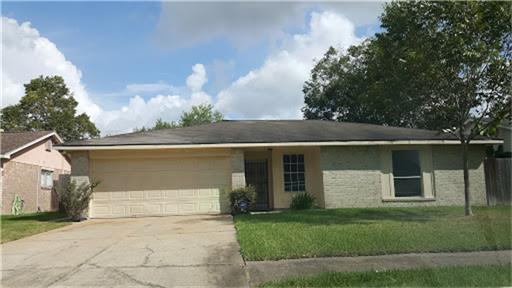Managing Unauthorized Pets

Unauthorized pets refer to pets that a tenant has kept in a rental property in violation of the lease agreement. As a landlord, enforcing lease terms regarding unauthorized pets involves adhering to both the terms of the lease agreement and local, state, and federal laws.
At Ashoka Lion, all residents are required to undergo Pet Screening, regardless of whether they own a pet. The lease agreement at Ashoka Lion clearly outlines pet policies. Pet Screening ensures that tenants are fully aware of these policies, whether they have a pet or not.
Steps for Dealing with Unauthorized Pets:
1. The lease should clearly state whether pets are allowed, and if so, under what conditions (e.g., specific types of pets, size/weight limits, and breed restrictions). If pets are prohibited altogether, it should explicitly state that no pets are allowed on the premises.
2. If a tenant has a service animal or emotional support animal, federal law requires landlords to make accommodations, even if the lease prohibits pets. These are not considered "pets" under the law and must be allowed. Landlords must adhere to the basic tenant protections and rights outlined in Texas Law. Landlords must fully understand and comply with the Texas Property Code.
3. To enforce the lease term, document the violation thoroughly: Gather evidence, including witness statements (e.g., from neighbors), photographs, or video of the unauthorized pet. Keep a log of any complaints or reports regarding the pet.
4. Once the unauthorized pet is identified, the landlord should send a formal written notice to the tenant.
5. If the tenant acknowledges the violation and agrees to remove the pet, provide them with a reasonable amount of time (typically 7-10 days) to comply. However, make sure to follow up to ensure the issue is resolved.
6. If the lease outlines a fine or penalty for having unauthorized pets, you can enforce this provision by:
- Charging the tenant the specified fee.
- Deductions from the tenant’s security deposit, if applicable.
- Sending an updated statement showing the fines or charges, or adding the fines to the tenant's account.
7. If the tenant refuses to remove the pet or pay any fines, and the lease clearly prohibits pets, you can begin eviction proceedings. However, eviction should only be used as a last resort.
If the tenant does not comply after receiving the first notice, send a second notice warning that you may proceed with eviction if the pet is not removed. If the tenant still does not comply, you can file for eviction in the local Justice of the Peace court.
By clearly communicating expectations and ensuring the lease includes clear pet policies, Landlords can effectively manage and enforce rules regarding unauthorized pets.









